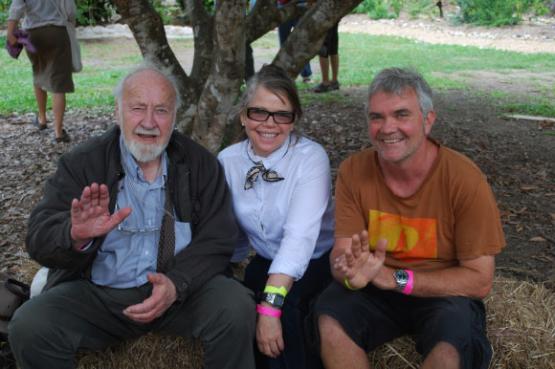
An introduction to the Slovakian natural wine scene
Ahead of our RAW WINE fairs this fall, we spoke to a number of Slovakian winemakers to find out about the country's natural wine scene, viticultural traditions, winemaking regions and grape varieties.
12 min read
Ahead of our RAW WINE fairs this fall, we spoke to a number of Slovakian winemakers to find out about the country's natural wine scene, viticultural traditions, winemaking regions and grape varieties, with a focus on the Magula Family Winery. Vladimir Magula will be leading a tasting of Slovakian wines at RAW WINE New York City on Monday 14 November, RAW WINE Toronto on Wednesday 16 November and RAW WINE Montreal on Saturday 19 November, so if you'd like to learn more, come along!
Interview with Vladimir Magula of Magula Family Winery
The Magula Family Winery creates natural wines from organically grown Slovak indigenous grapes in Malokarpatská. While Vladimir Magula is currently at the helm of operations, the decision to start winemaking came from his parents.
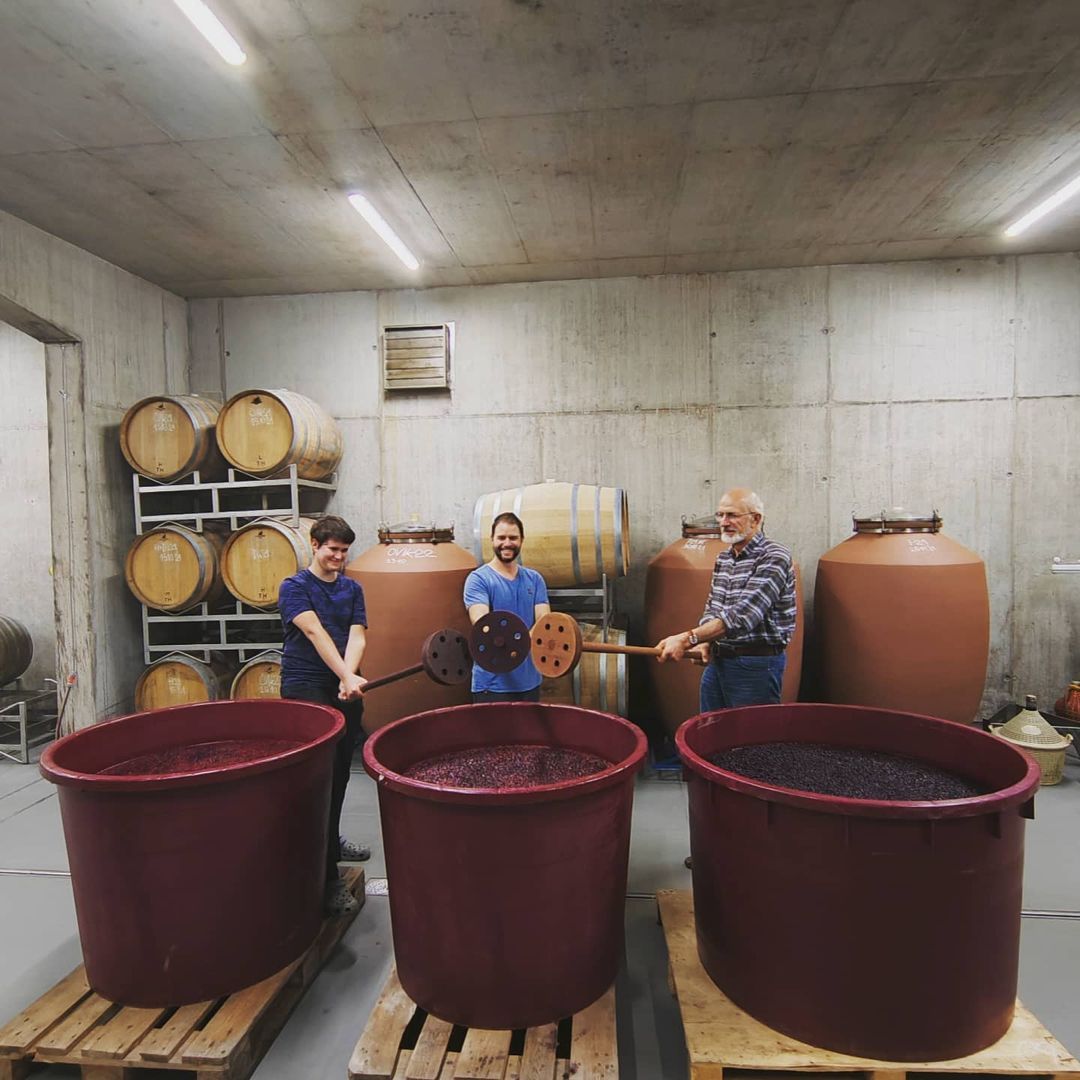
“Everything in Slovakia is somehow related to the 40 years of communism and the disruption that took place to family businesses and free enterprises during that time. My parents were engineers who met in Bratislava and had no direct winemaking experience, but our ancestors - my great grandfather on my father’s side and great grandparents on my mother’s side were winemakers. One actually founded the plot we work on today and we consider him to be the founder of our winery.
Fast forward some 70 years, we met and we discussed what to do with it, and my dad suggested we start a winery. In 2005, none of us knew much about wine - it just sounded like a very pleasant idea to start a boutique family winery. Although we lived in Bratislava, my dad had already planted a chestnut grove here in the village that was just starting to grow, and that’s how we started. I was 25 at the time and had no idea what I was getting into.”
The term natural wine didn’t really exist in this area and we were just very excited and enthusiastic about it. The plot that was returned to us didn't have any vines left, so in 2007 we planted vineyards and by a bit of luck, the vines ended up being Frankovka, or Blaufränkisch, which I consider to be the most relevant grape and wine variety in this region. It became the cornerstone of our vineyard for many years.”
Our first harvest was in 2010, which was actually considered to be the worst year in a century for growing grapes because of heavy rain, so actually we had our first proper harvest in 2011. Around this time, we came across the natural or low intervention approach to wine with Strekov 1075, when we met with the winemaker who at that time was Tibor Melecsky - a dear friend and my winemaking mentor who unfortunately passed last year.”
I remember very clearly that day because I organised a trip to southern Slovakia with my family. My wife, my parents and I visited 3 really important wineries in Slovakia and one of them was Strekov 1075. They were one of the first who started to systematically approach winemaking in this way. I never knew anything like that existed, but I was immediately bought into the idea and I consider that single visit a paradigm shift - I turned towards the natural approach to wine and never looked back.”
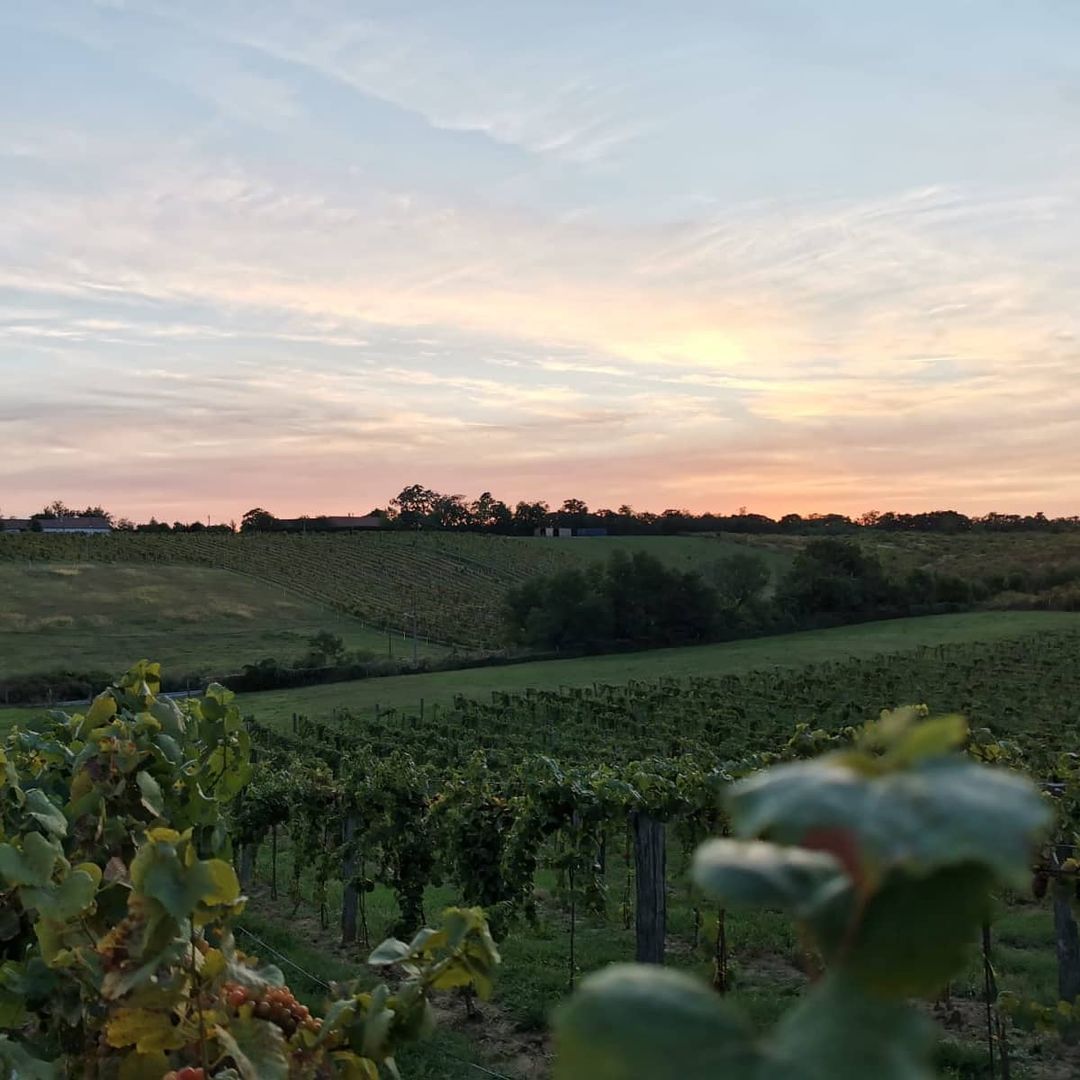
Of course, the transition took a little time, especially white wines, which took some getting used to because the only style I knew was very young and polished, fresh wines based on the primary aromatics, so this style was completely different as you can imagine. But in the cellar and more importantly in the vineyard, we started implementing changes from the very first moment. And we realised that the concept of how we originally started our oenology was not actually far from this - it was a door-opening experience but it has led us to visiting as many natural wine producers and events as we could - in Austria, Moravia, Vienna, etc.”
There we discovered we could make wine without the addition of sulfites which was very exciting to me. From then on we kind of tweaked, learned, experimented and in 2012 we switched completely to organic agriculture and were certified in 2015. In the cellar, I made my first natural wine in 2012 in terms of approach when I was working together with Tibor and he kind of provoked me to make one wine that was very strictly natural with the exception in that case of sulfites, it the first super low intervention wine.”
To this day it’s one of the best wines that we’ve produced, and the style of wine that I consider to be the most relevant, which is Frankovka Unplugged. The transition started in the vineyard and moved to the cellar, and by 2015, we were making all our wines very strictly without the addition of what would be considered not natural. The only additive that we still kept was sulphur, however we never put it on the grapes, nor on the juice, only on the wine. 90% of our wines are treated with sulphur as the very last step (10-20mg) before bottling to protect the wine because we bottle gravitationally and it gets a lot of contact with oxygen. But we experiment with wines without the use of sulphites at all and one of our cornerstone wines, which is Oranžový Vlk, has always been made very strictly with no sulphites.”
Preserving Slovakia’s viticulture
Zsolt Sütő of Strekov 1075, who Magula visited during his seminal trip to a number of natural wineries, founded the collective Autentista with András Mátyás of Mátyás Family Estate and the Kasnyik family winery in 2014, as a means of preserving Slovakia’s authentic viticulture.
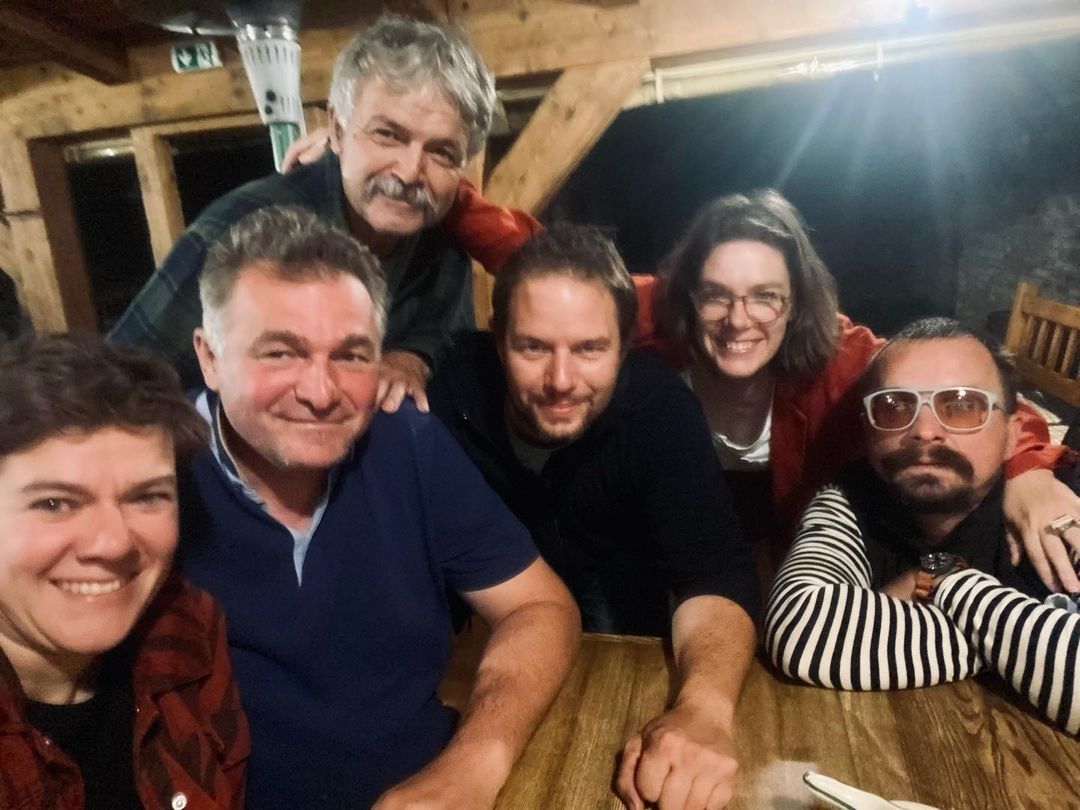
The members, who are now 5 with Slobodne and Magula, share a common commitment to making natural, organic wines and maintaining the legacy and practices of their ancestors. Their charter includes rules for winemakers wanting to join - such as using no more than 50mg of sulfites per litre and making wine from grapes grown on owned or rented vineyards to ensure adherence to ecological practices from field to bottle.
The need for Autentista is in part due to Communism’s impact on Slovakia, with the country under Communist rule from 1948 to 1989. The majority of vineyards were taken over by the state, who valued quantity over quality. There were around 20,000 hectares of vineyards across the country during this time and the grapes would be supplied to big winemaking companies, who made wine for mass production. Viticultural methods moved away from tradition and towards agrotechnological practices in order to maximise yield.
After the peaceful and so-called Velvet or Gentle Revolution in 1989, vineyards were returned to their pre-communist owners or their descendants, but rebuilding thousands of years of tradition is not easy. Zsolt Sütő describes how during this period, after they had been returned, “the vineyards decreased a lot. Now we have something like 10,000 hectares in total - the restructuring takes time.” This breakdown of the relationship between vinegrower and winemaker is one of the reasons that continuity from growing to making is such an important part of Autentista’s charter.
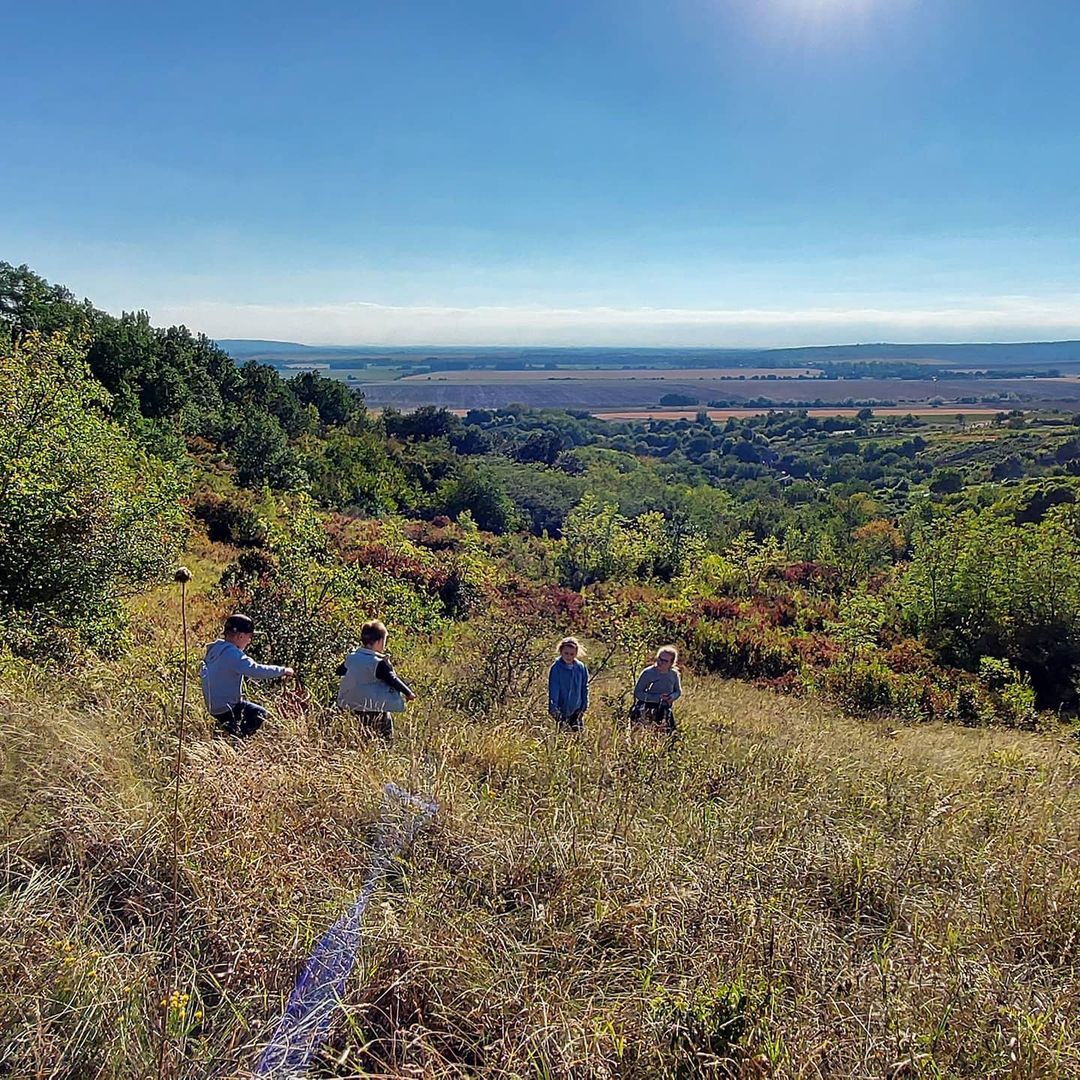
Another of Autentista’s original founders András Mátyás explains additional motivations for starting the collective: “On the one hand we felt it was easier to work together and help each other, and on the other, it was important for us to have an association to help us fight against laws on natural wine, which was almost banned from the market. As a group, we had the opportunity to defend our wines.” A sentiment echoed by Zsolt Sütő: “We formed our philosophy to fight for natural wines to be more accepted.”
But the collective’s benefits go beyond the preservation of authentic viticulture - the members of Autentista meet regularly, visiting each other’s cellars and sharing ideas. Having this formality in place enables the winemakers to cross-pollinate learnings and accelerate the development of the natural winemaking scene in Slovakia. And they aim to bring on more members to help them get even more leverage against the state, without compromising the group’s integrity.
At present, the natural wine scene in Slovakia is young, with a small community spread across the country. “Slovakia is a tiny country and winemaking here is on a really small scale,” explains András Mátyás, “but when you think about it proportionately, it’s quite large. Altogether we have up to 10,000 hectares of vineyards, but we also have quite a lot of natural winemakers.”
Magula describes how, “The movement mainly started in the south, but there are winemakers in western, eastern and central Slovakia and we share many ideas about the world. It’s a community of not only professional but personal friends. So far it’s working well - many of us were inspired by the great cooperation we’ve seen in Austria and France, and we aspire to build that kind of community here that supports each other, works together and is happy to share a pint of beer or glass of wine when we meet.”
Slovakia’s winemaking regions
Slovakia is divided into 6 key winemaking regions - Malokarpatská, also known as the lesser or small Carpathian region, Stredoslovenská or the central Slovak region, Južnoslovenská or south Slovak region, Východoslovenská or east Slovak, Tokajská or Tokaj and Nitrianska or Nitra.
Malokarpatská or the small Carpathian region is one of the oldest winemaking regions in the country, and is located in the south west of Slovakia. The Magula Family Winery is based here, around 6km west of the town of Trnava which is the regional capital, and not far from the Bratislavan border. “There are 2 valleys: the Rose Valley and the Wolves Valley, and in the middle is our farm, house and winery. All of the vineyards that we farm are within a 400m circle of that top point,” Vladimir Magula explains. “We are a part of the winemaking area which is the largest in Slovakia, but our place is not from the slopes of the mountains like most of its vineyards - we’re around 5km away from the mountains. It’s a unique place because south east from us, the landscape moves to complete flatlands. Our terroir is also very different from the rest of the vineyards in the Small Carpathian region as well - theirs is granite, ours is loess. Our specific area is famous for red wines because of the soil type and humidity.”
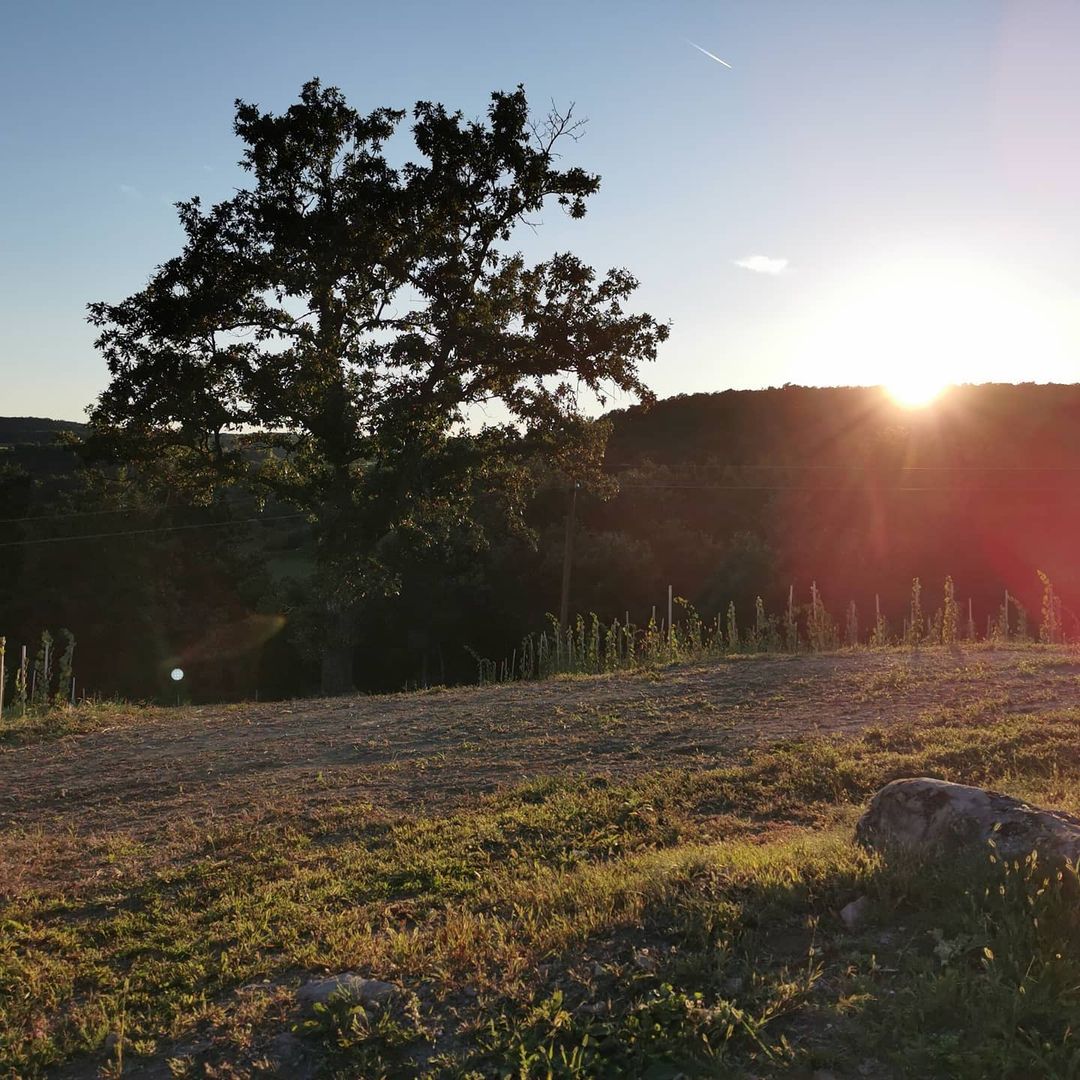
Stredoslovenská or the central Slovak region covers the lower central part of Slovakia, where Víno Od Francúza, run by French winemaker David Papillon and Slovakian Darina Géciová, is based. The winery sits in a village called Devičie, south of Banská Bystrica and on the way to Hungary. The village is small, with 300 citizens and is surrounded by trees. “It’s planted on a hill in volcanic soil with a lot of stones, so some had to be planted by hand,” the winemakers explain. “The microbiologist Emmanuel Bourguignon came to analyse our soil and was surprised by the quality of the ground, especially the field where we planted - it was quiet for a very long time, so it had built up a strong life, full of microorganisms.”
Južnoslovenská or the south Slovak region is across the south west of the country close to the Hungarian border, and is the warmest of the winemaking regions. Strekov 1075 are based here, where they’re grateful to have loess soil as it holds rain well - important for hotter and drier vinegrowing regions. Zsolt Sütő describes how the vineyard also gets “very windy, which is great for natural winemaking - if you’re not using sprays or are using minimal ecological sprays, the wind helps a lot because mushrooms don’t like wind. We have quite a mineral soil from hill minerals. So the plant is able to build the structure but only if we care for the bacterias in the soil.”
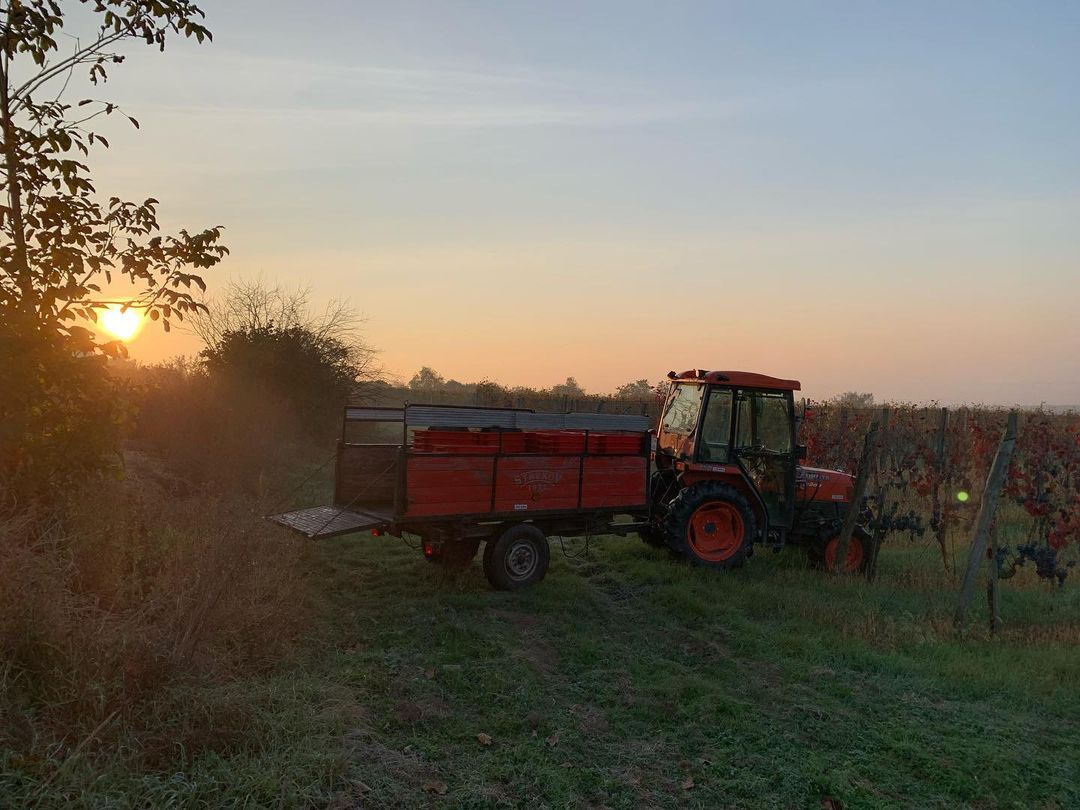
Also in Južnoslovenská is the Mátyás Family Estate, located in the Strekov sub-region, close to the river Danube. The vineyards sit on a slope around 8km from the river and faces south west, towards it. The open location and the proximity to the river is important to the winery, as it makes it windy every day. András Mátyás explains that, “The Strekov region in particular is the driest part of Slovakia. It’s also a protected area because of the rare flowers and plants growing here. Our terroir is limestone and sandstone in the base with some loess on top. The limestone is here because this region was the shore of the Peninnic sea a couple of million years ago.”
Unfortunately though, a lot of the south Slovak region’s history isn’t known. Mátyás explains that with winemaking in Slovakia, “Our history isn’t well written, so we don’t really know what happened in the last few centuries and sometimes it feels like all we can do is rediscover our traditions and our history.” The need for a collective like Autentista is clear - to restore and preserve the country’s traditional viticulture, and allow for the development of regional and local specificity and identity.
Grape varieties
Another Communist legacy in Slovakia’s winemaking is its unique grape varieties. During Communist rule, state-funded research centres experimented with creating grape varieties that would be optimal for growing in Slovakia and these have now been introduced into agricultural practices. Vladimir Magula describes how “some of them are really attractive, and are considered by some to be a really exciting addition, by others, they’re a blind road that shouldn’t be explored. There are many different opinions and new hybrid varieties.”
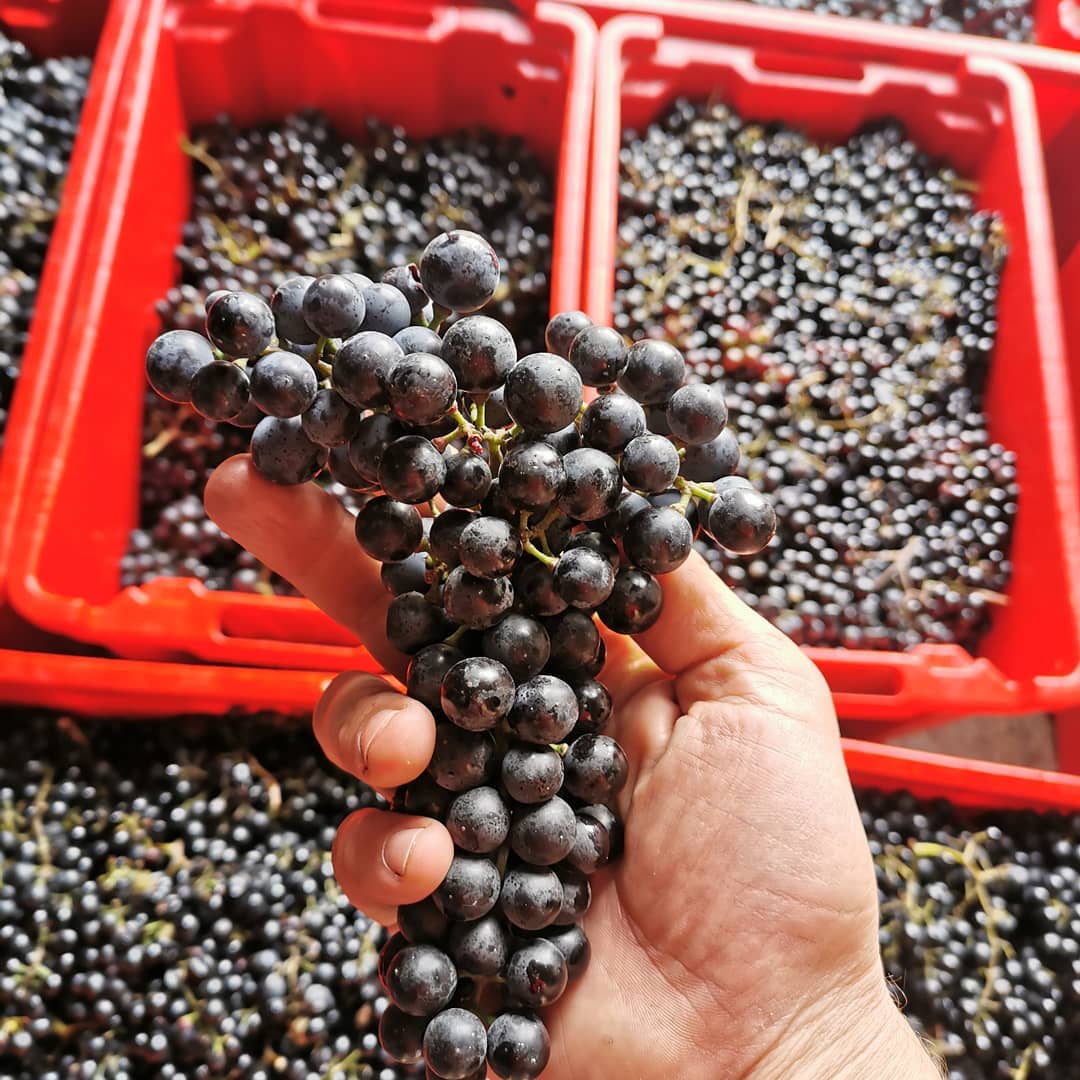
When choosing which grape varieties to work with - whether unique to Slovakia or used by winemakers worldwide - Magula explained that Frankovka (also known as Blaufrankisch), and Blauer Portugieser, were the obvious first choices for him. Frankovka “is the most important central European red grape and is a great representative of the former Habsburg empire era. It’s also a grape that fantastically reflects the soil and has fantastic aging potential. It’s obligatory for any winemaker who wants to make wines that age and express the region and country. My second obligatory choice is Blauer Portugieser, which is the most typical grape from our micro region. It’s a little bit like gamay, lighter, thinner skin, earlier ripening.”
He also works with Pinot Noir, one of his “most beloved wine varieties. In Slovakia, Frankovka is a feminine word, and Pinot is masculine, so I always say that Frankovka is the queen of wines and Pinot is king. We also have some new grape varieties which were created in the 1950s by crossings as an experiment by the Czechoslovakian state. The red grapes are named after Slovakian rivers - Dunaj and Hron - and we are making a blend of these two which we like to call our Bordeaux. White grape varieties are Gruner Veltliner and a new Slovak crossing which is Devin.”

David Papillon and Darina Géciová of Víno Od Francúza also work with Devin - “We planted some Slovak grapes called Devin created in 1958 specifically for these conditions. It’s a cross of Gewurztraminer and Veltliner.” They also use Tramin, which is “the equivalent of Gewurztraminer,” along with Pinot Noir, Pinot Gris, Sauvignon Blanc and Riesling.
When planning their vineyard, the Mátyás Family Estate decided to plant grape varieties traditional to their region, such as Welschriesling, Frankovka, Pinot Noir and Dunaj. “We also wanted to try some Sauvignon Blanc and Riesling, which are less commonly used here,” András explains.
Strekov 1075 prefer to work with older varieties that carry the “genetic code of our region,” and in Zsolt Sütő’s opinion, make more authentic wines: “I asked all the people here in my village and everybody was talking about Blauer Portugieser and Mézes Fehér, which is a forgotten variety. I found some in a neighbouring village and now have 600 plants of this. I also use what’s native to us here in Central Europe, so Blaufrankisch (or Frankovka), Saint Laurent and Grüner Veltliner.”
To discover more about Slovakia's growing natural wine scene and its native grapes, you can taste a selection of the country's wines at RAW WINE fairs this fall happening in New York City on 13-14 November, Toronto on 16 November, Montreal on 19-20 November and Berlin on 27 November 2022. At New York, Toronto and Montreal, Magula will be sharing ‘A perspective on the Slovakian natural wine scene’ at Speaker’s Corner, with a tutored tasting.
Wines to try
We asked the winemakers we spoke to if they could recommend a bottle or two of theirs to start with - their recommendations are below...
“If I had to choose one, it would be the Frankovka [you can explore a variety here]: it’s the first wine we made and it’s what connects us with our ancestors. It also takes me back to when my son was born. It very well reflects what we do,” Vladimir Magula of Magula Family Winery.
“Try the Tramin, the Gewürztraminer - it’s a light and fruity wine. And for red, I would suggest the Symposion which is a nice easy red wine. And for a sparkling, Bublinky, our pet nat,” David Papillon and Darina Géciová of Víno Od Francúza.
“I have 2 recommendations. First, the Ösztövér, which is the ancient name of our village and a light orange blend that’s easy to drink with really good energy. And second, Ars Poetica [not yet on the RAW WINE site, but you can taste it in Montreal], which is the Latin way for a poet to describe their verse, and is 90% barrel fermented and aged, with some skin fermentation,” András Mátyás of Mátyás Family Estate.
“I think it’s quite good to taste first the Grüner Veltliner - it’s very good for ageing under floor. As a grape, Grüner Veltliner gives us more complex information about its influences during the winemaking - the process, the fermentation, and so on.” Zsolt Sütő of Strekov 1075.

